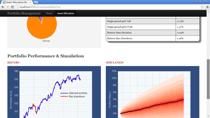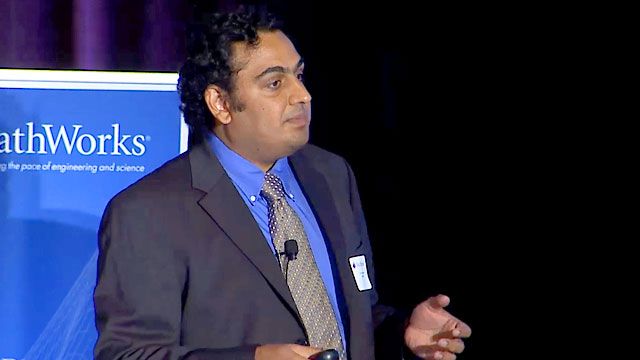Using MATLAB with Python
Overview
MATLAB provides flexible, two-way integration with many programming languages, including Python. This allows different teams to work together and use MATLAB algorithms within production software and IT systems. This webinar will cover how to call MATLAB from Python and how to call Python libraries from MATLAB.
About the Presenters
Heather Gorr holds a Ph.D. in Materials Science Engineering from the University of Pittsburgh and a Masters and Bachelors of Science in Physics from Penn State University. Since 2013, she has supported MATLAB users in the areas of mathematics, data science, deep learning, and application deployment. She currently acts as a Senior MATLAB Product Marketing Manager, specializing in data science, AI, and integrating MATLAB and Python code. Prior to joining MathWorks, she was a Research Fellow, focused on machine learning for prediction of fluid concentrations.
Yann Debray acts as MATLAB Product Manager, focusing on the usages of MATLAB with Python. Prior to joining MathWorks in 2019, he has been working in the field of open-source scientific computing since 2014. He holds an Engineering Masters degree from the Arts & Métiers ParisTech Engineering School.
Recorded: 16 Oct 2025




